Trade disputes and tariff pressures are driving significant innovation within Canada’s automotive sector. Industry participants are implementing strategic adaptations that extend beyond traditional cost management approaches. These responses include technological advancement, partnership development, and manufacturing process optimization. Here are 20 ways this economic tension drives innovation in Canada’s auto sector.
Regional Supply Chains: Maple-Scented Logistics
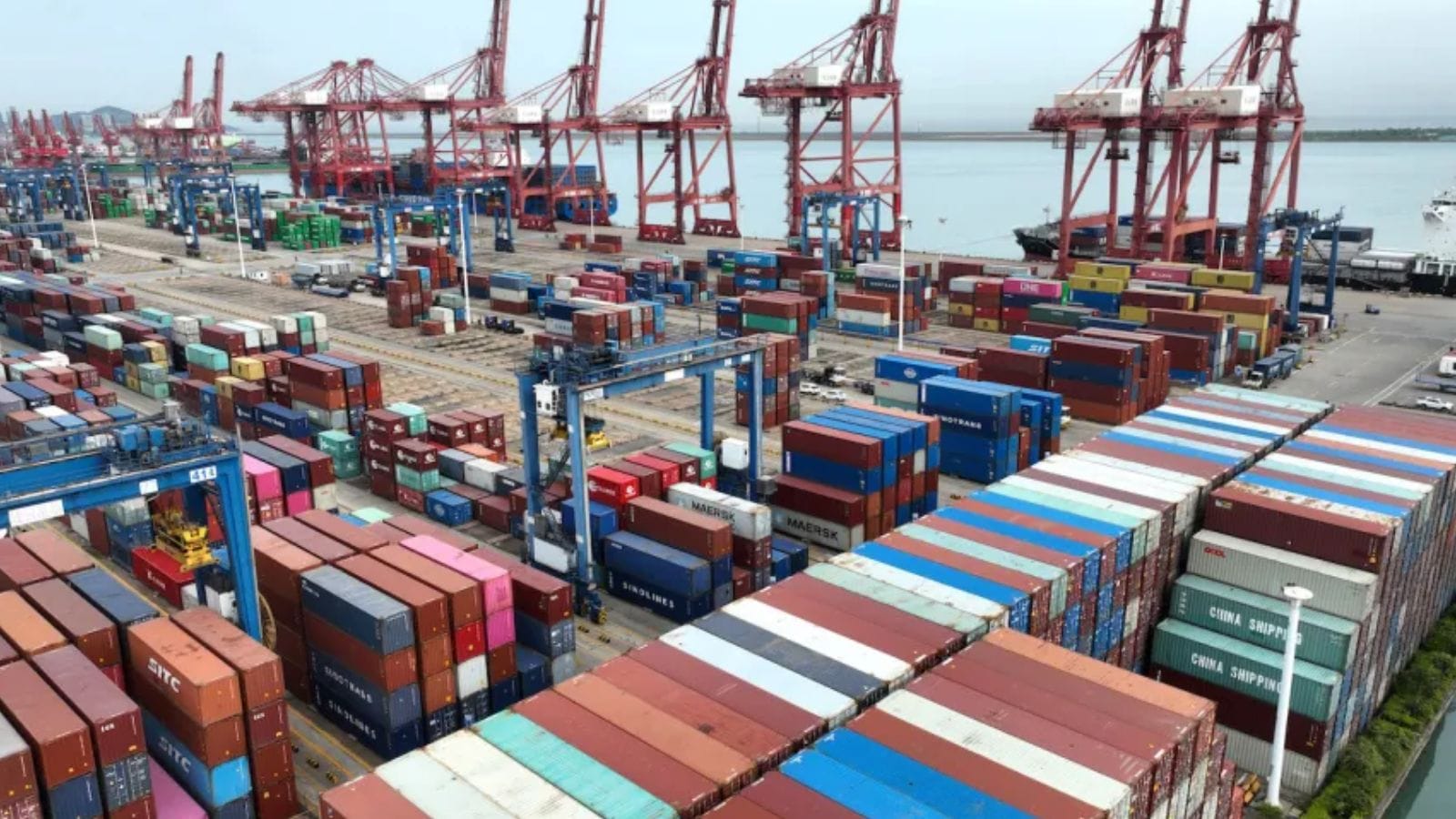
With imported parts costing more than a gourmet poutine, Canadian automakers are turning to local suppliers. Also, Canada has established a C$2 billion Strategic Response Fund to invest in electric vehicle (EV) battery production, hydrogen fuel research, and autonomous driving technologies. This includes a C$1 billion Industrial Transformation Fund and a C$600 million workforce reshaping plan to train 100,000 auto workers in AI programming and industrial robotics. This reduces tariff exposure and boosts local economies, creating a proudly Canadian auto ecosystem.
Homegrown Battery Tech: The Great Lithium Rush
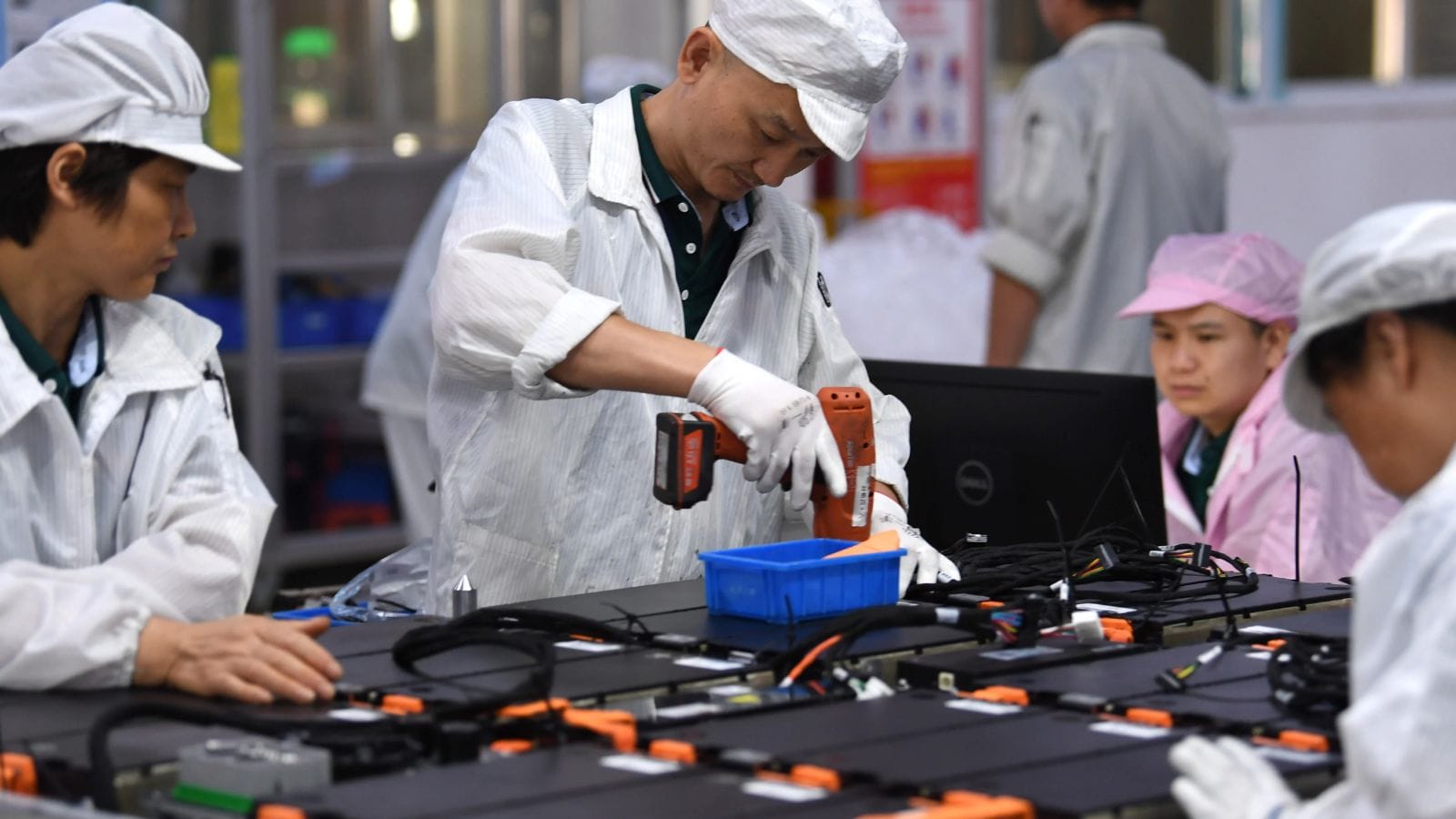
Thanks to tariffs on foreign batteries, Canadian companies like Li-Cycle and Nano One are doubling down on lithium processing and recycling. These initiatives are bolstered by Canada’s Clean Technology Investment Tax Credit, offering a 30% refundable credit on machinery and equipment for clean technology production. The proposed Snow Lake Lithium mine in Manitoba also aims to supply enough lithium for 500,000 EVs annually, utilizing 100% electric-powered operations. Collectively, these developments position Canada as a leader in sustainable battery innovation and manufacturing.
EV Startups Getting a Boost
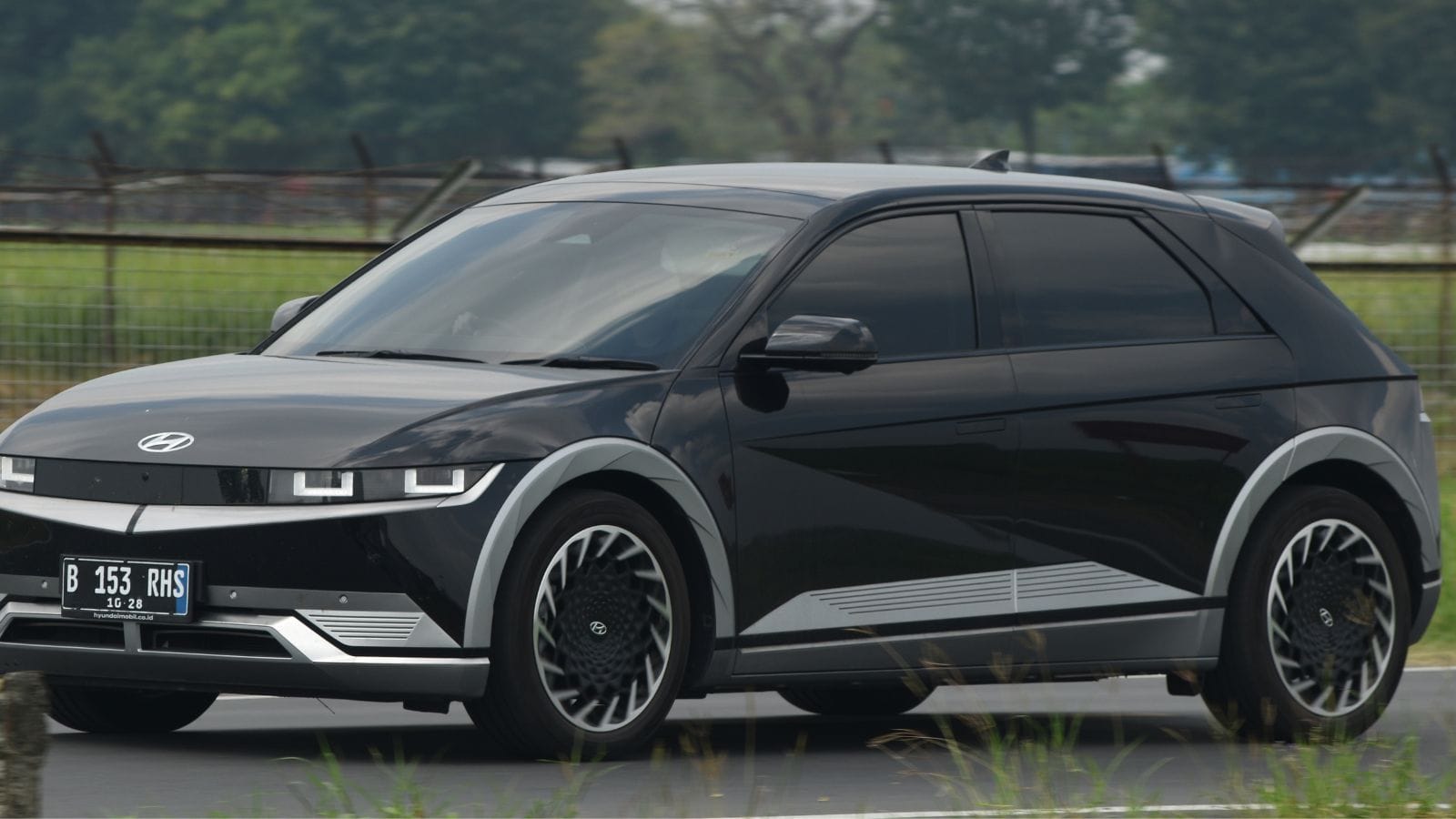
Canada’s imposition of a 100% tariff on Chinese electric vehicles (EVs) from October 1, 2024, aims to counteract unfair trade practices and bolster domestic innovation in the auto sector. This move aligns with similar actions by the U.S. and EU, targeting China’s state-subsidized overcapacity and lax environmental standards. So, tariffs have made it harder for big international brands to dominate, creating room for homegrown heroes. Think Lion Electric and Project Arrow. These startups are leveraging government support and fresh investment to build vehicles that are both cutting-edge and proudly Canadian.
3D Printing: From Plastic Toys to Car Parts
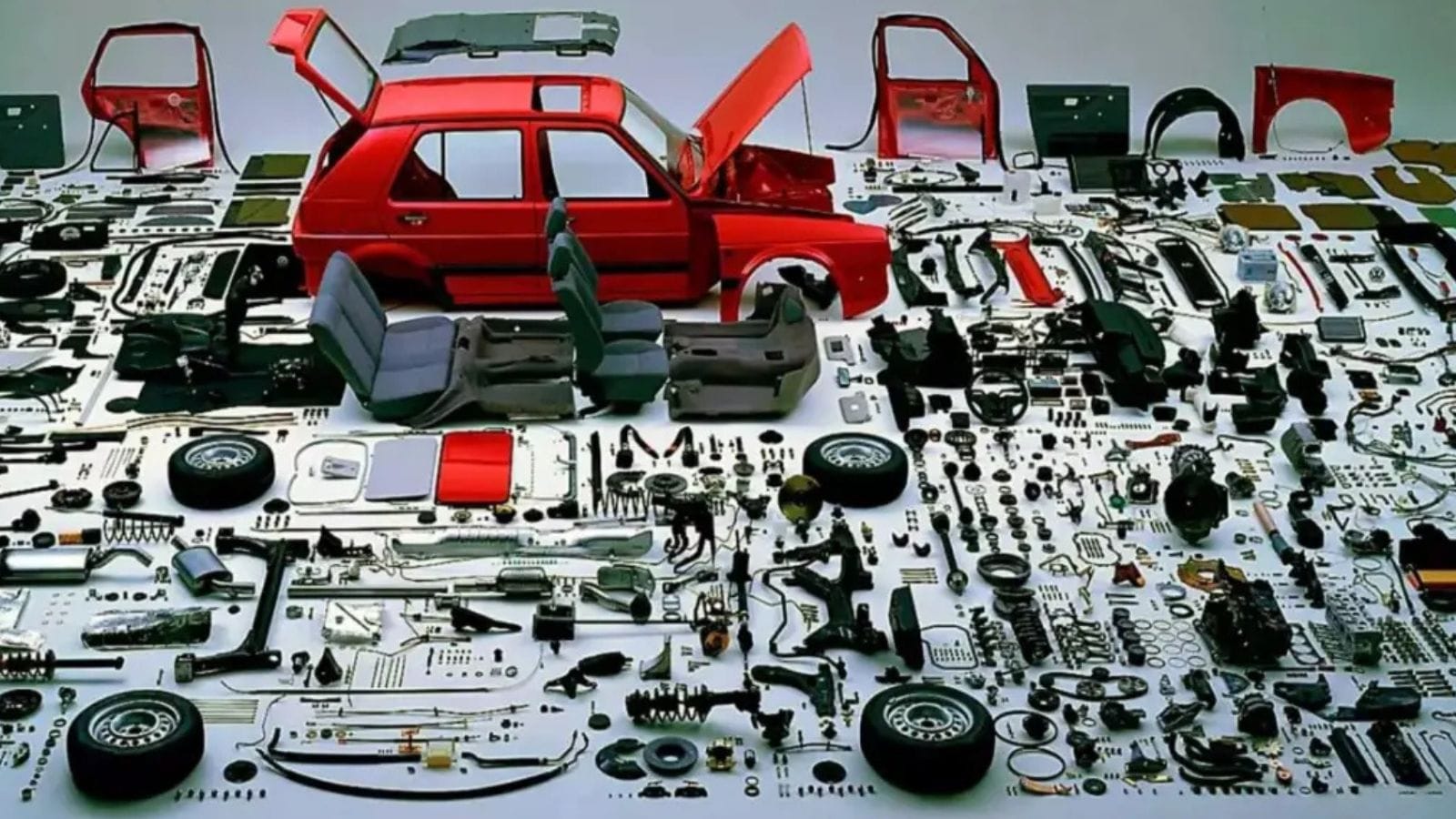
With tariffs making traditional parts pricier, auto shops are embracing 3D printing. 3D printing enables localized manufacturing, mitigating tariff impacts and supply chain disruptions. For instance, companies can produce spare parts as needed, eliminating the need for extensive inventories and reducing storage costs. This shift cuts costs and accelerates product development cycles, allowing for quicker adaptation to market changes.
More R&D cs Flowing North

As foreign firms face more challenging trade conditions, they invest more in Canadian R&D to avoid cross-border complications. Significant investments have been made in EV battery manufacturing projects, such as Volkswagen’s $7 billion facility in Ontario and Northvolt’s $7 billion plant in Quebec, aiming to strengthen Canada’s position in the EV supply chain. Additionally, reforms to the Scientific Research and Experimental Development (SR&ED) tax incentive program have expanded support for innovation, benefiting over 22,000 businesses annually. This means more labs, jobs, and many more engineers walking around in ironic T-shirts.
AI in Manufacturing: Robots That Don’t Need Visas

Facing escalating tariffs from the U.S. and China, Canada’s auto sector accelerates AI adoption to maintain competitiveness. U.S. tariffs, including a 25% duty on Canadian steel and aluminum and a new 25% tariff on foreign-made vehicles, have strained cross-border supply chains, prompting Canadian manufacturers to seek cost-effective solutions. AI-driven automation is emerging as a key strategy; for instance, Toronto-based startup Xaba has developed an AI platform enabling robots to perform complex tasks like welding and assembly without extensive reprogramming.
Smarter Logistics: Making Every Kilometer Count

High tariffs mean high stakes. Canadian auto firms are investing in AI-driven logistics systems that squeeze every drop of efficiency from shipping. Canada’s government has also implemented measures to support the industry, such as granting tariff relief to automakers who maintain domestic production. Investments in electric vehicle (EV) infrastructure and supply chains are also rising, with nearly $50 billion secured in major auto and EV battery projects, creating at least 12,000 new jobs.
Recycled Materials: Trash to Torque
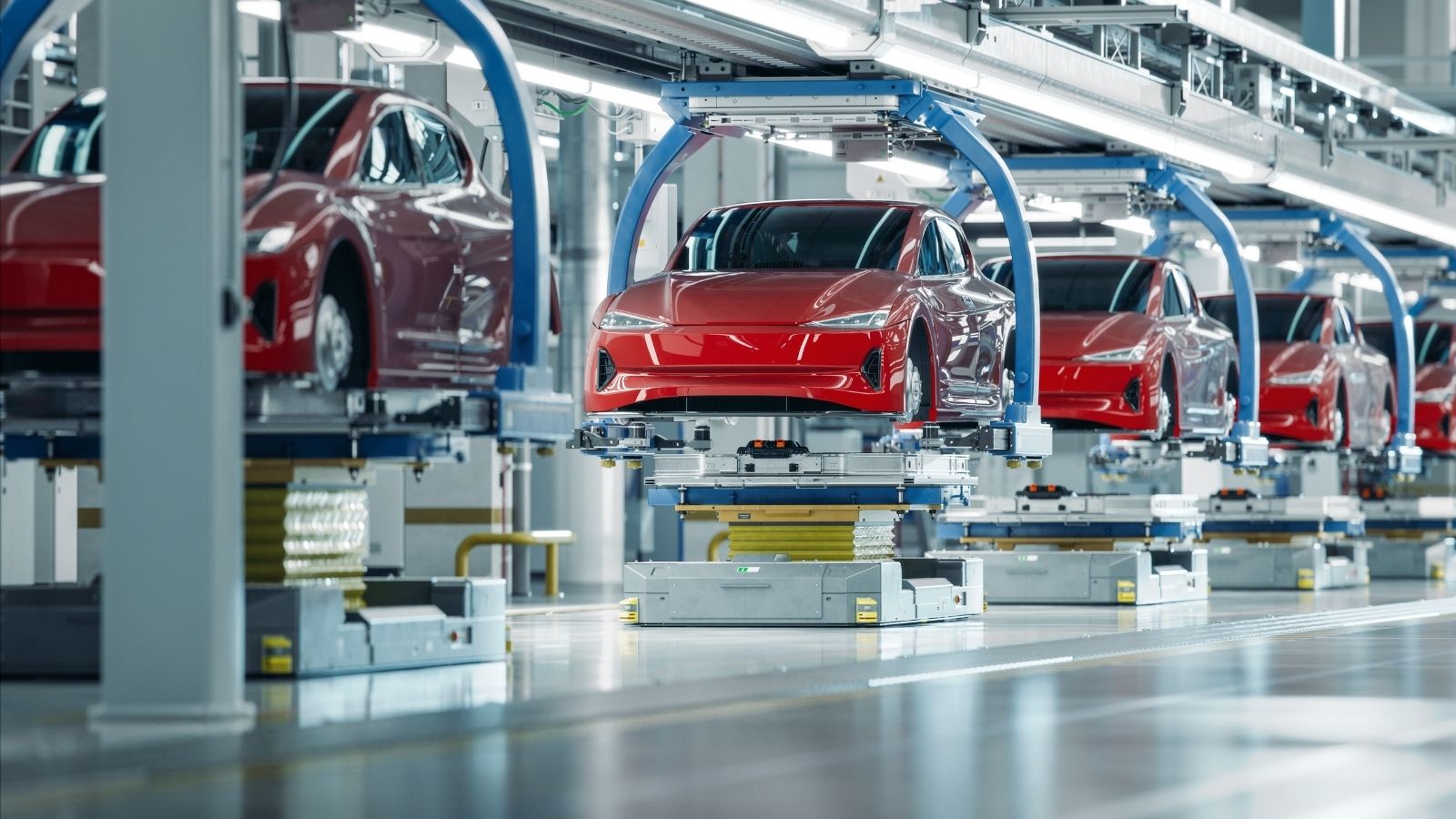
With new materials becoming more expensive, Canadian manufacturers are upping their recycling game. Recyclers are adopting advanced technologies to efficiently recover and repurpose components like aluminum and steel, aligning with circular economy principles. Programs such as the Automotive Supplier Innovation Program (ASIP) support these initiatives by funding R&D in sustainable manufacturing. Moreover, the Automotive Recyclers of Canada (ARC) emphasizes the environmental benefits of reusing OEM parts, highlighting significant CO₂ savings and reduced energy consumption.
Local Assembly Wins Big

Companies are increasingly assembling vehicles within Canada to sidestep tariffs entirely. To further support innovation, Canada introduced the Automotive Supplier Innovation Program, which provides funding to small and medium-sized enterprises for research and development in the automotive sector. Additionally, the government offers performance-based tariff remissions to automakers who maintain or increase domestic production, encouraging continued investment in Canada’s automotive industry.
Cross-Provincial Collaboration: The Great Canadian Car Crossover
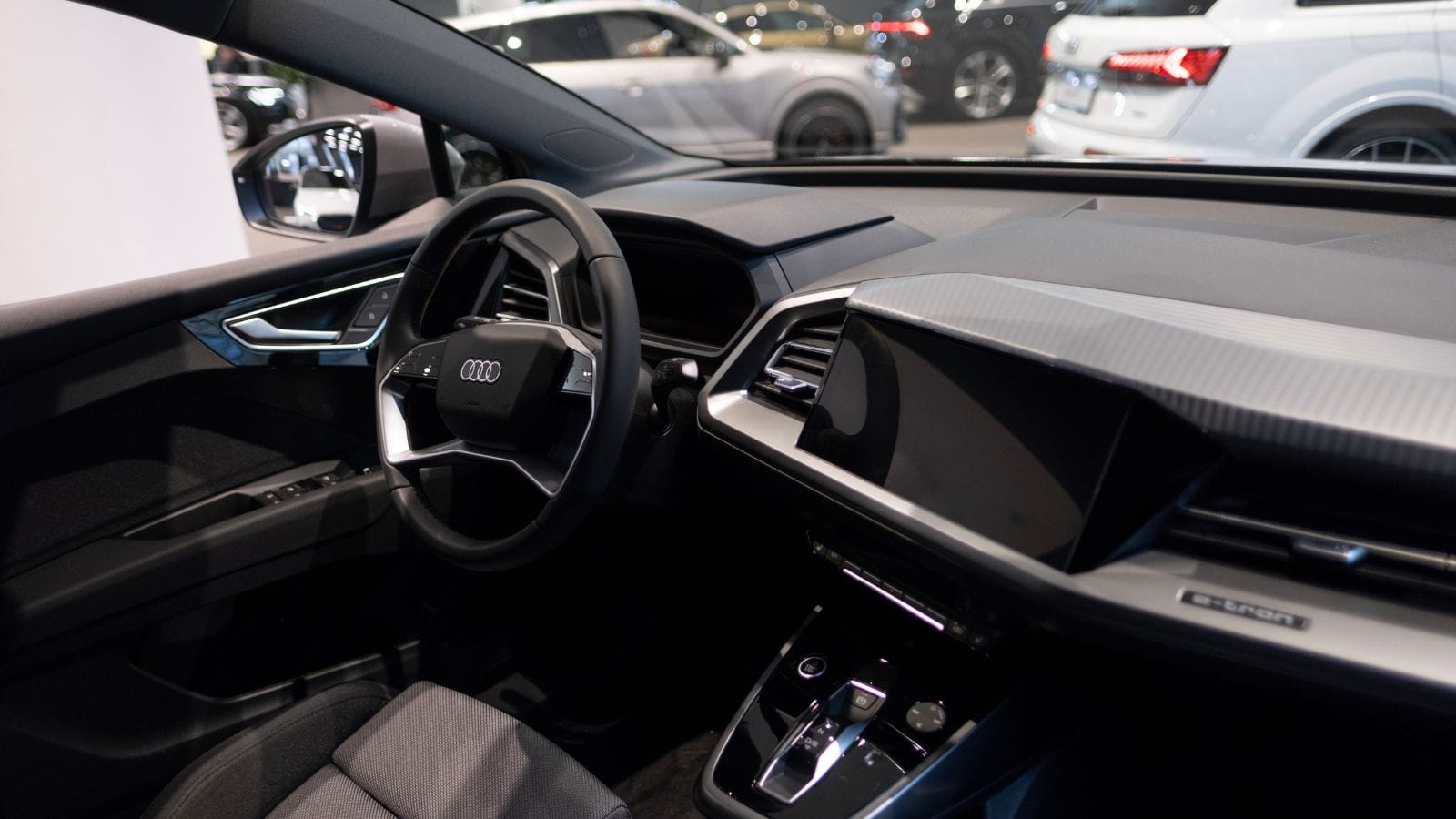
Canada’s automotive sector is leveraging cross-provincial collaboration to drive innovation amid tariff disputes, particularly with the U.S. The federal and provincial governments are aligning to attract significant investments in electric vehicles (EVs) and battery manufacturing. For instance, Honda has committed CA$15 billion to establish Canada’s first comprehensive EV supply chain in Ontario. Stellantis and LG Energy Solution are investing CA$5 billion in a battery manufacturing plant in Windsor. It’s Confederation 2.0 but with more torque.
Green Incentives, Greener Factories
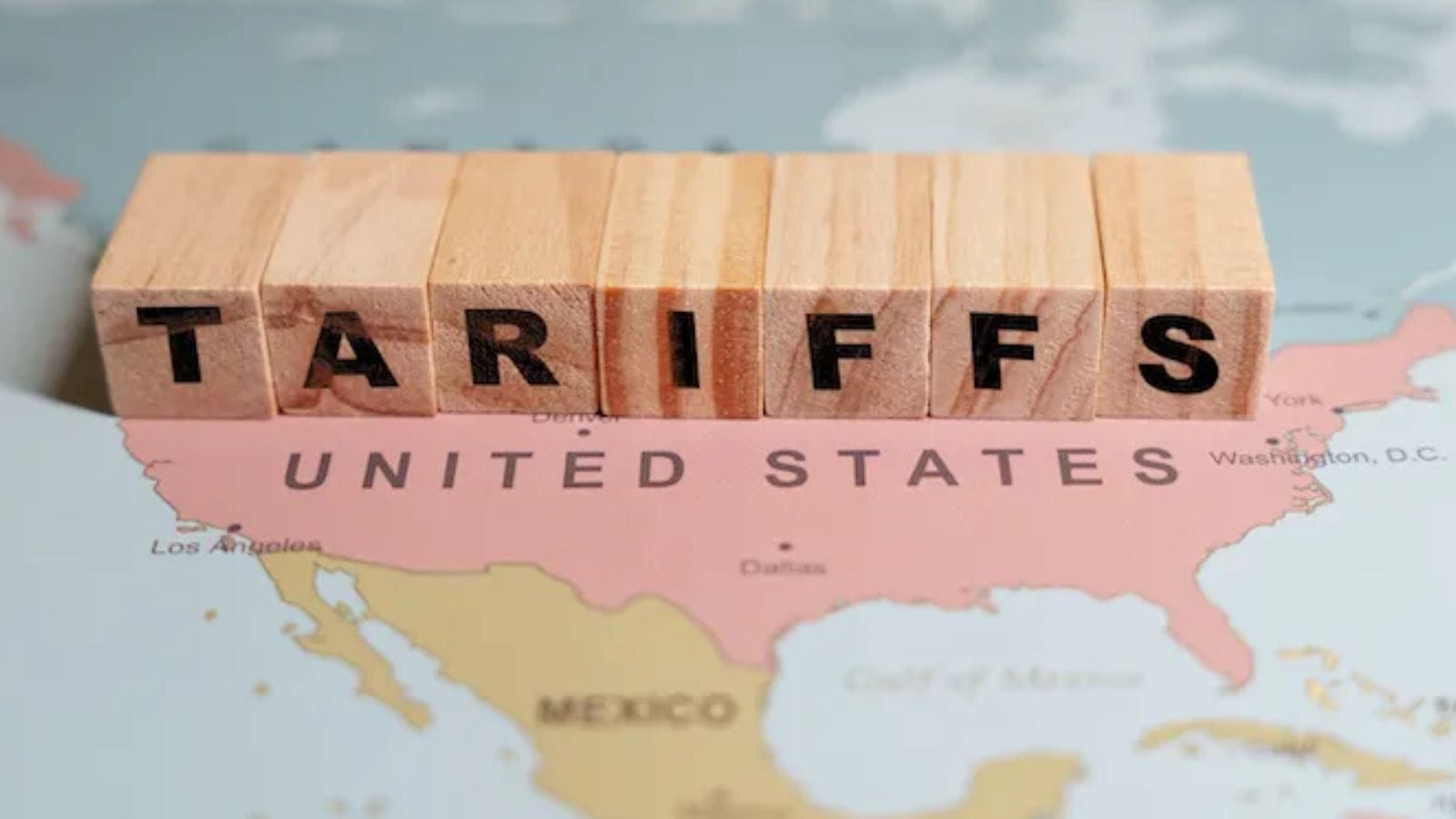
Tariffs may be trade tantrums, but Canada’s auto sector is turning them into turbocharged innovation. With the U.S. and China throwing tariff pies at each other, Canadian automakers are dodging drama by going green. Enter green incentives. The federal Zero Emission Vehicle (iZEV) program and Ontario’s investment in EV supply chains are juicing up factories like a kale smoothie on wheels. GM’s Ingersoll plant is also now churning out electric delivery vans, and Stellantis and LG are building a $5B EV battery plant in Windsor—clearly not just spinning their wheels.
Export Diversification: Looking Beyond Uncle Sam
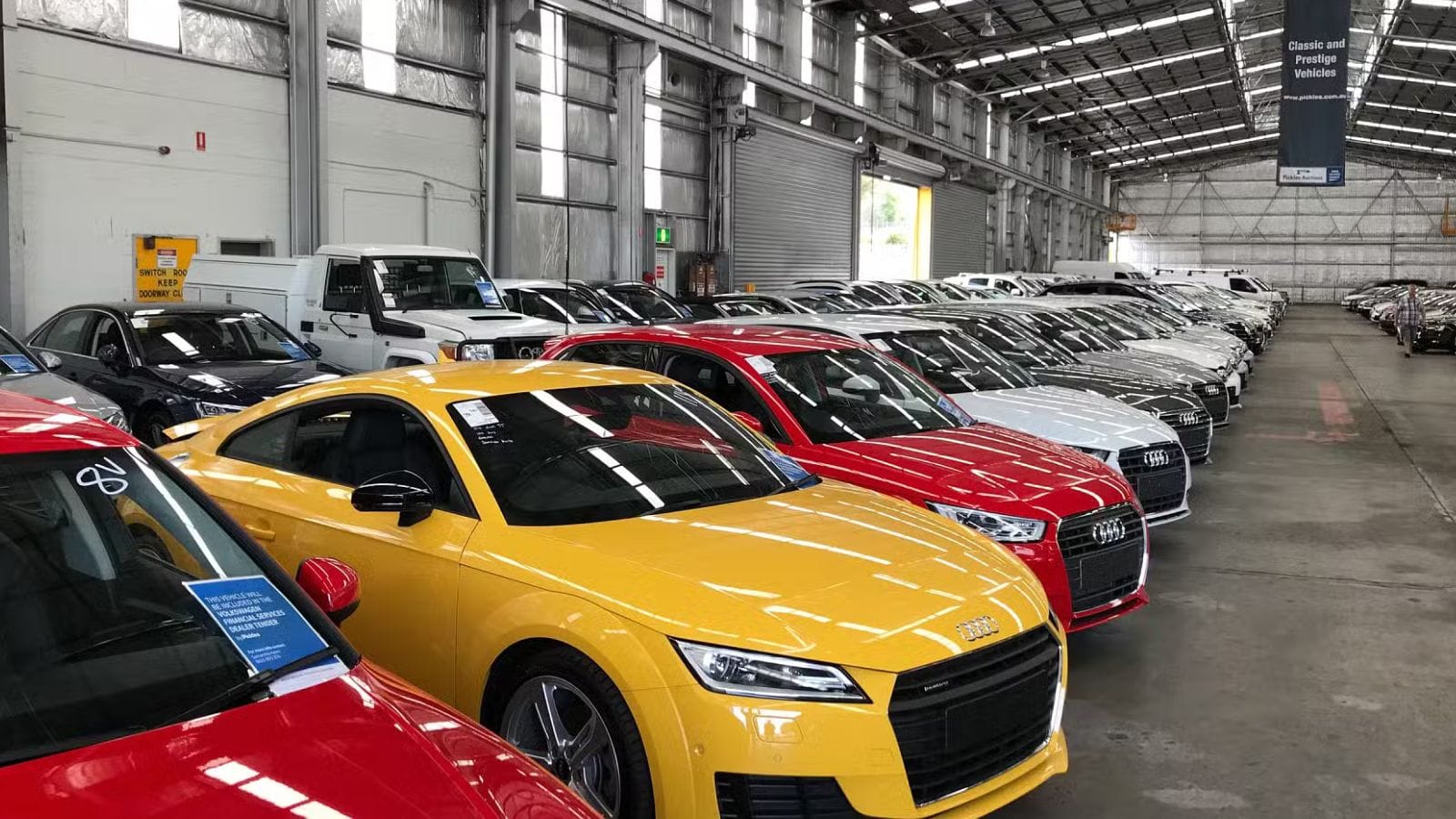
Canada’s auto sector, long cozy with Uncle Sam, is now swiping right on new trade partners. Tariff tiffs with the U.S. have nudged Canada to diversify faster than a Timbit disappears at a morning meeting. Cue innovation! Ontario’s auto corridor is electrifying (literally), with $34B in EV and battery investments since 2020 (Innovation, Science and Economic Development Canada). Companies like Magna and Linamar are turbocharging R&D to meet EU and Asia-Pacific standards. Plus, the Canada-Korea Free Trade Agreement and CPTPP are opening new doors.
New Materials: Stronger, Lighter, and More Canadian
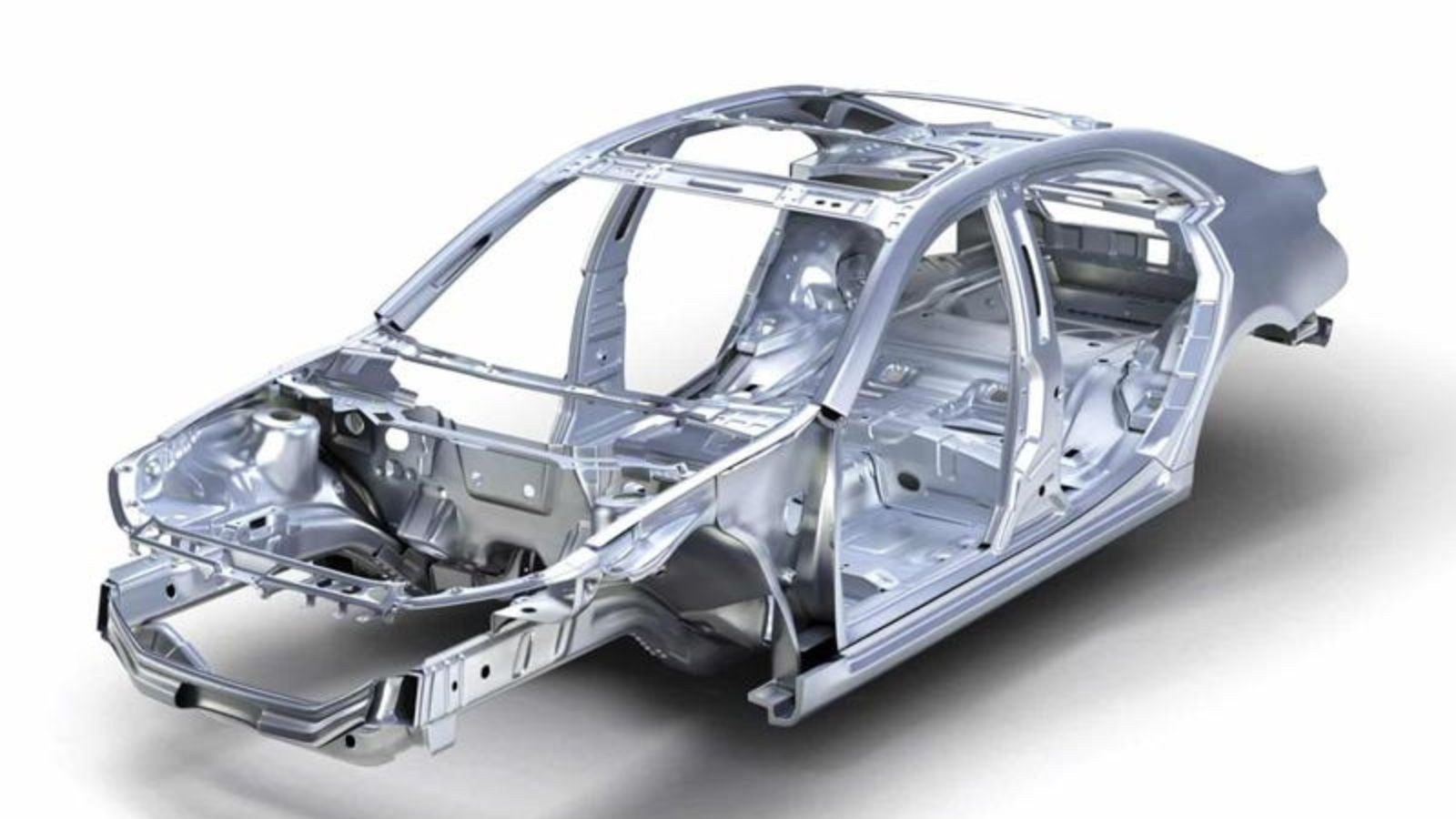
Faced with pricey imports, Canadian researchers are developing advanced composites from local sources like hemp, basalt, and even wood fiber. This push birthed collaborations between universities (hello, McMaster and U of T!) and industry giants like Magna and Linamar, now crafting lighter, fuel-efficient cars with serious maple-powered muscle. Bonus: lighter cars mean fewer emissions, which is polite for the planet—how Canadian. According to the Canadian Automotive Partnership Council, R&D investments have grown by over 20% since the tariffs hit.
Skill Training: The Mechanic 2.0 Era

Welcome to the Mechanic 2.0 era, where socket wrenches meet software updates and grease-stained overalls come with coding skills. Due to spicy tariff disputes revving local innovation, Canada’s auto sector is shifting gears. With global supply chains playing hard to get, the country is investing big in upskilling workers for EVs, AI diagnostics, and robot-wrangling assembly lines. Tariffs on foreign parts? We’ll 3D-print our way out of it! Canadian colleges now offer courses where students learn to fix carburetors and code glitches.
More Canadian Intellectual Property

When tariffs and trade tensions hit (looking at you, U.S. steel and aluminum duties), Canada’s auto sector popped the hood and started inventing. In April, patents started pouring out of the Great White North faster than maple syrup. Between 2017 and 2022, Canadian automotive patents increased by over 30%. Companies like Magna International and Linamar doubled down on R&D, focusing on electric vehicles, lightweight materials, and innovative tech. Why? Because relying on imports became riskier than driving a snowmobile through a Tim Hortons drive-thru.
Vehicle-to-Grid Tech: Cars That Give Back

With a focus on sustainability, Canadian firms are innovating in vehicle-to-grid (V2G) systems. Tariff tensions with the U.S. and Europe have pushed Canada to innovate fast and furiously. Companies like Hydro-Québec and Peak Power in Toronto are already piloting V2G projects. Ontario’s Electric Vehicle Discovery Centre shows off how your car can babysit the grid during peak hours.
Modular Vehicle Platforms

Tariffs on individual parts have inspired a rethink of design philosophy. With the U.S. and China slapping duties like they’re in a game of international ping-pong, Canadian firms like Magna and Linamar are embracing modular platforms to reduce parts dependency and dodge supply chain chaos. According to the Automotive Parts Manufacturers’ Association, this strategy is essential for staying competitive in a whiplash-inducing global market.
In-House Software Development

Why outsource software to another country when it might come with a side of tariffs? Tariff tantrums might sound like a toddler’s meltdown, but in Canada’s auto sector, they’re sparking some serious grown-up innovation, especially in in-house software development. Faced with trade tensions (yes, we’re looking at you, U.S.–China and U.S.–Canada squabbles), Canadian automakers give a polite but firm “no thanks” to global supply chain chaos and take the digital wheel themselves. This homegrown approach helps avoid international pricing drama, keeps intellectual property cozy at home, and speeds up production because waiting on offshore software is so 2019.
Circular Economy Models

Tariffs between global giants have turned Canada’s auto sector into a hotbed of unexpected innovation. Enter: the circular economy — not just a fancy way of saying “recycling,” but a full-on strategy where old car parts live their best second lives. Instead of tossing batteries or scrapping aluminum, companies like Lithion Recycling and Li-Cycle are mining yesterday’s junk for tomorrow’s Teslas. Even Magna International is embracing reuse over refuse. Who knew that international squabbles could spark such a clever, loopy (in a good way) solution?
The Rise of the Canadian Auto Brand

With global trade spats revolving, Canada’s auto sector is shifting gears fast. Meet Project Arrow, Canada’s all-electric concept car, born not in Detroit but in Ontario’s backyard. With over 50 Canadian suppliers involved, it’s a polite yet powerful flex. Meanwhile, homegrown firms like ElectraMeccanica and Lion Electric are putting the “eh” in EVs. The federal government is also tossing loonies at battery production and green tech. Sure, we may not churn out cars like the Germans or the Japanese, but we’re driving toward a distinct, electric, and unmistakably Canadian auto identity.
25 Facts About Car Loans That Most Drivers Don’t Realize

Car loans are one of the most common ways people fund car purchases. Like any other kind of loan, car loans can have certain features that can be regarded as an advantage or a disadvantage to the borrower. Understanding all essential facts about car loans and how they work to ensure that you get the best deal for your financial situation is essential. Here are 25 shocking facts about car loans that most drivers don’t realize:
25 Facts About Car Loans That Most Drivers Don’t Realize
